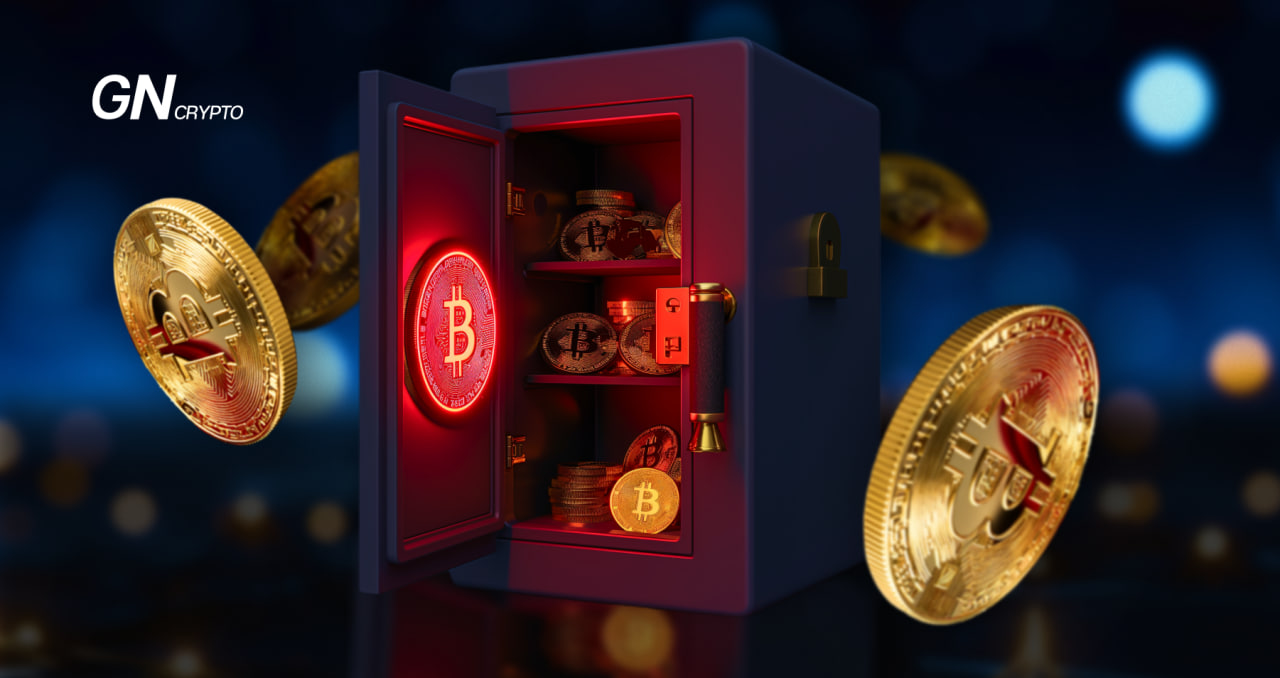What Will Happen Once All the Bitcoins Are in Circulation?

As of March 2024, 93.62% of Bitcoin’s total supply is in circulation. The very last Bitcoin will be produced in 2140. How will the ecosystem change after that? This article shares some theories.
On this page
How Bitcoin’s Circulating Supply Works
Bitcoin is often called digital gold because it is scarce. There can be only 21 million Bitcoins, 19,6 million of which are already in circulation. The Bitcoin Network works based on mathematical calculations and is regulated by algorithms. The process during which new coins get into circulation is called mining. And, the network participants that create new blocks of transactions and verify transactions are called miners. On average, blocks of transactions are added to the Bitcoin blockchain every 10 minutes.
What Is a Bitcoin Block Reward?
Bitcoin miners are financially encouraged to take part in the network and ensure its security. When new blocks are added to the chain, they receive a payment called a block reward. The Bitcoin block reward consists of newly created coins and network fees, which vary for each block. Transaction fees depend on protocol activity and the cost of transactions. The number of coins the network generates when new blocks are created changes once every 210,000th block is added to the chain. This takes around 4 years.
Connection Between Bitcoin Mining and Circulating Supply
About every four years, the number of new Bitcoins created per block halves. This event, called halving, changes how many Bitcoins enter into circulation every 10 minutes.
The first Bitcoin block was mined in January 2009. At the time, the mining reward was 50 Bitcoins. It’s suggested that the first miner was Bitcoin’s mysterious creator Satoshi Nakamoto.
In November 2012 the first halving happened, reducing the mining reward to 25 BTCs, in July 2016 it became 12.5, and in May 2020 6.25 coins. In April 2024 it will become 3.125 bitcoins.
Bitcoin halving history. Source: investopedia.com
With every Bitcoin halving event, the number of coins entering circulation every 10 minutes is halved. Currently, around 900 bitcoins are produced daily. After April, this number will decrease to 450. By 2140, the issuance of new bitcoins will stop entirely.
The total number of bitcoins currently in circulation. Source: Blockchain.com
It’s important to mention that millions of Bitcoins have been lost over the years. Yet, they are considered to be a part of the circulating supply. Many experts believe that 20% of Bitcoins were lost forever as people forgot where they stored the coins or what are the keys to their crypto wallets. Another 1 million coins are suspected to be untouched after the first block was mined. Although it’s possible that one day a solution for the recovery of lost wallets will be found or dormant coins will be moved, it’s unlikely to significantly impact the market sentiment. However, the fact of unavailable coins makes Bitcoin more scarce and can potentially increase the coin’s value more.
What Will Happen When All the Bitcoins Are In Circulation
There are different theories on how halving impacts the Bitcoin economy, and whether miners will continue to take part in the network security without earning newly mined coins. One thing to note here is that besides the coins, miners also earn network fees. Will that be enough to motivate network participation, and how the ecosystem may change?
- Theory 1 – Transaction fees will increase: Because miner rewards will be reduced, transaction fees may gradually increase to compensate miners for processing transactions.
- Theory 2 – Miners will remain profitable without essential changes in fees: It’s possible that miners won’t need to spend much on operational costs as energy costs may reduce, and hardware may become more powerful over time.
- Theory 3 – Institutions will sponsor Bitcoin mining: The growing adoption of Bitcoins means that organizations will be interested in keeping the Bitcoin network safe and running. They may fund mining operations to ensure the network is secure.
- Theory 4 – Miners will quit the network: If miners aren’t profitable, they may stop their operations. In that case, transactions won’t be verified, and the network can die. However, considering the earlier mentioned theories and the demand for Bitcoin, this scenario is unlikely to come true.
Final Thoughts
When all Bitcoins are in circulation, miners will no longer receive new coins for adding blocks but will still earn transaction fees. It’s uncertain whether they will remain profitable solely from fees, adapt to new energy sources, or find alternative solutions. However, a scenario where the Bitcoin network and the community lack solutions to adapt to changes is hard to imagine.
The content on The Coinomist is for informational purposes only and should not be interpreted as financial advice. While we strive to provide accurate and up-to-date information, we do not guarantee the accuracy, completeness, or reliability of any content. Neither we accept liability for any errors or omissions in the information provided or for any financial losses incurred as a result of relying on this information. Actions based on this content are at your own risk. Always do your own research and consult a professional. See our Terms, Privacy Policy, and Disclaimers for more details.



























